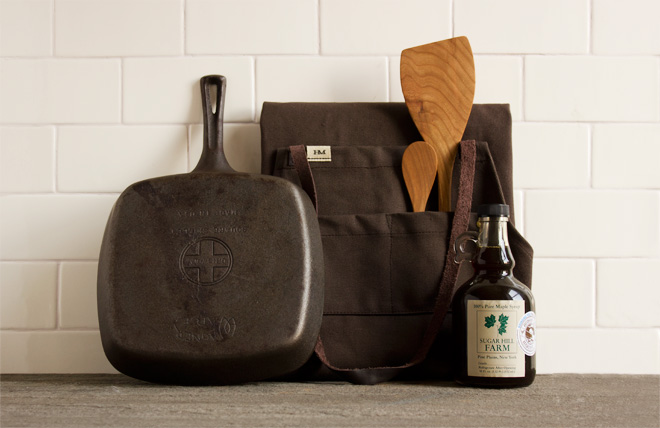When I ditched the corporate life and enrolled in culinary school, and one based on French technique no less, I was prepared to be overwhelmed. All the terminology, the sauces, the variations, the pace, the chef-instructors whose accents and creative use of English made everyday a linguistic adventure.
What I wasn’t prepared for, however, was the simplicity and the appreciation I would gain for those who are able to turn out good food, every day.
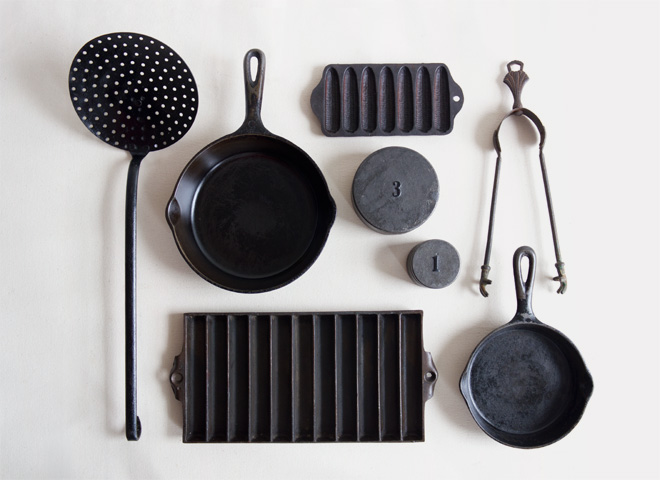
Cooking an exceptional meal or dish need not be a complex science; you simply need a good set of tools.
Before I went to culinary school, I worked 12-hour days and was fortunate to come home to a husband who, as a teacher, got home hours before me and cooked dinner. After 20 years, our roles have changed, and I have gained an entirely new perspective on what it takes to put dinner on the table. Every night. In a reasonable timeframe.
Forget about celebrity chefs with a team of hired hands developing recipes and chopping all their mise en place. I’m talking about home cooks who, day in and day out, feed their families. My toque is off to you.
What I’ve found is that the same basic techniques and approaches I learned in culinary school are things many of the best home cooks already do. My mother just seemed to know how to thicken gravy with butter and flour, no recipe needed. My grandmother’s tomato sauce, which she’ll describe as “a little of this, a little of that” is actually made in a very traditional French technique, where you sauté the aromatic vegetables (onions, garlic, carrots, celery) before adding the tomatoes and cooking, cooking, cooking everything down to its vegetal, tomato-y essence.
The best home cooks seek recipes and tools that are quick and simple to use, to clean, and to put away. Things that make their lives easier, and their dinners faster to prepare.
While foams, whips and sous-vide cooking are très façonnable, there are some basic tools that professional kitchens share with home cooks. They may not sound fancy, but they’re there for a reason: They work. They have a purpose that is clear.
When I’m cooking for a private client or my own dinners, there are some perhaps surprising basics I must have. I even tote them with me when I work from someone else’s home, to ensure I’ve got the right equipment to do the cooking.

The best kitchen implements stand the test of time. On the left, a flour sifter from the storied American manufacturer Jacob Bromwell, circa 1920s. On the right, a new Jacob Bromwell Flour Sifter — its graphics have been updated but its form is unchanged.
Here’s the kicker: The “newest” of these tools was developed in the 1800s. Because things work for a reason.
- Two good knives. Just two. A 3- or 4-inch paring knife and a large chef’s knife. No serrated blade, no fancy handle or specialty metal – just knives. They don’t have to be expensive, but they need to be sharp. With those two knives, you can pretty much do anything. While it’s handy to have a boning knife or a slicing knife, the chef’s knife will be able to handle just about anything. Just keep it sharp.
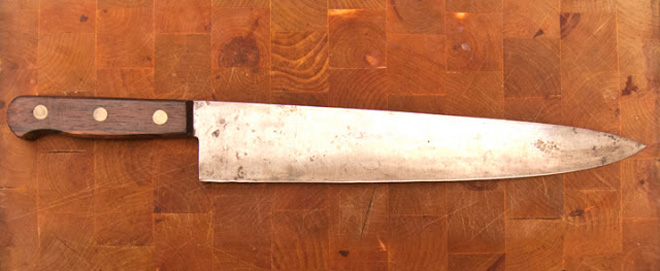
A regularly sharpened chef’s knife, like this carbon steel one (photo credit: Fat Iris),
will give its owner years of exemplary service. - A pair of tongs. Even when you’re not grilling? Yes. Simple metal tongs – the kind with the spring in the handle – are like having a third hand in the kitchen. This tool has been around forever, in every culture. They’re indispensible for picking up meat, tossing a salad, stirring anything in a sauté pan. I use them to pull pans toward me from the oven (avoiding those forearm burns from the top of the oven), I lift lids from boiling pots with them instead of using a potholder. You want the ones that are solid metal. Avoid ones with a little locking mechanism or even the metal band that slides down to hold them together. You want them handy, able to grab in a single motion.
- A wooden spoon. Preferably the kind with the flat edge, which isn’t really a spoon but it’s also not really a spatula. Use it to stir. Everything. It also scrapes the bottom of the pan, or mixes cookie dough, or stirs granola.
- A peeler. The metal vegetable peeler – either the long skinny kind or the Y-shape (I’m a Y-shape myself) – is your friend. The fixed-edge straight design was supposedly created by a blacksmith in the 1800s, but leave it to the Swiss to elevate the design. The so-called Zena Rex peeler, invented in 1947 by Swiss native Alfred Neweczerzal, was even featured on a 2004 Swiss postage stamp. Of course, yours doesn’t have to be expensive (or Swiss). I pick up my plastic-handed peeler at a local kitchen shop for about $3, so I don’t feel bad when I toss it as the edge loses its mojo. From potatoes and carrots, to citrus peels, it just makes peeling easier.
- Proper measuring cups. No heart-shaped measuring cups or the chunky plastic cups held together by a rubber ring. Just the traditional dry measuring cups, the plain metal kind with flat rims, so it’s easy to use the back edge of the knife to slide across and get an accurate measurement. And the nesting clear-glass cups for liquids. Basic. Pure. And be sure you’re watching the lines for cups vs. liters. While the European method of listing recipe ingredients by weight or volume (liters, grams) does make it more precise, American recipes listing cups and teaspoons and tablespoons works just fine.
Certainly, there are many other tools that I wouldn’t choose to live without, like a beautiful wooden cutting board, my electric water kettle, a waiter’s corkscrew, a microplane grater, a fine strainer, whisks or a food processor. And I do love my offset spatula and my stand mixer.
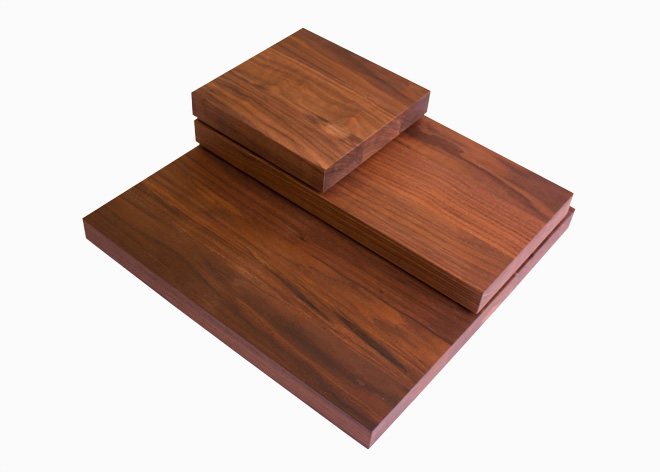
Hudson Made’s line of kitchen boards — made from long-lasting black walnut — act as both an excellent cutting and serving surface.
But those five tools will get me just about anywhere in the kitchen. Nothing sexy. Nothing new either. The thing is, they were first created because they filled a basic need. And for the most part, we haven’t found the need to improve on them in thousands of years.
If it ain’t broke…
Want to simplify your cooking routine? Check out some of our most popular kitchen products:
 |
 |
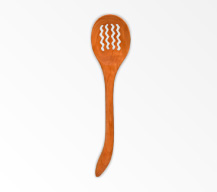 |
| Large Red Oak Cutting Board | Deluxe Kitchen Set | Large Stewing Spoon |
Laura Grimmer is a professional cook and sommelier who lives to eat, drink and provide sustenance. She came late to the culinary world, selling her PR firm and enrolling at the French Culinary Institute because of a borderline fixation on master chef Jacques Pépin. She left cooking school a classically trained chef with a deeply seated appreciation for tradition in the kitchen. www.perfectpairnyc.com.

